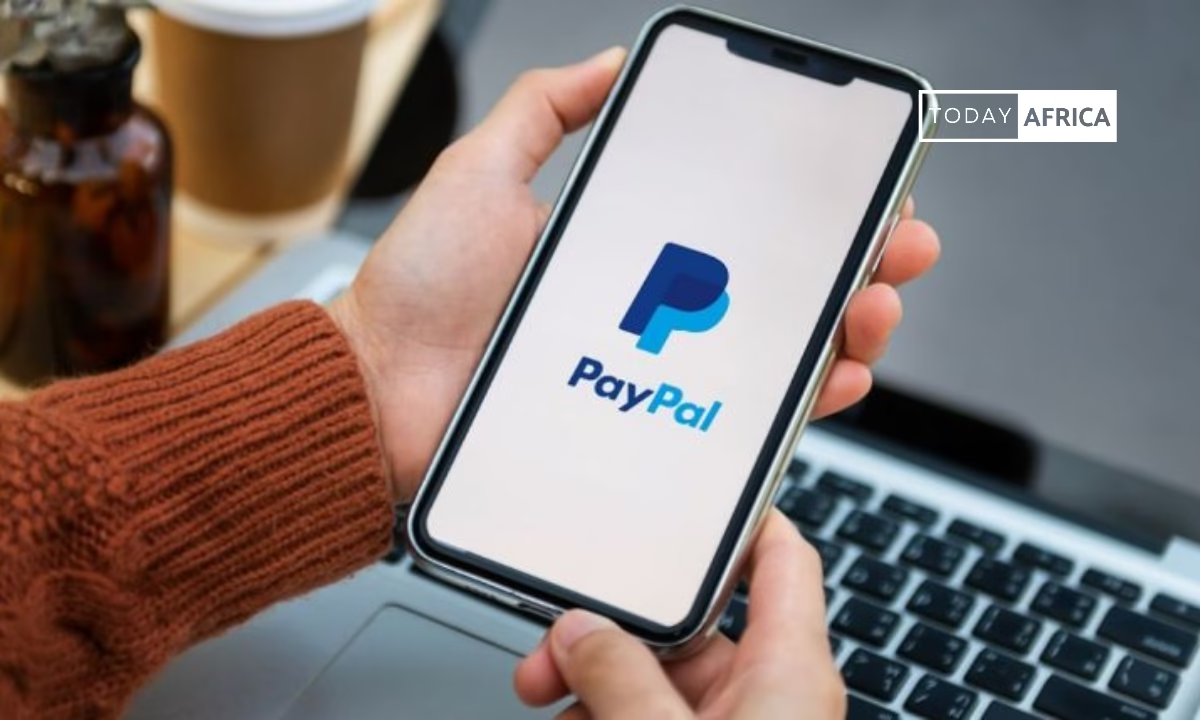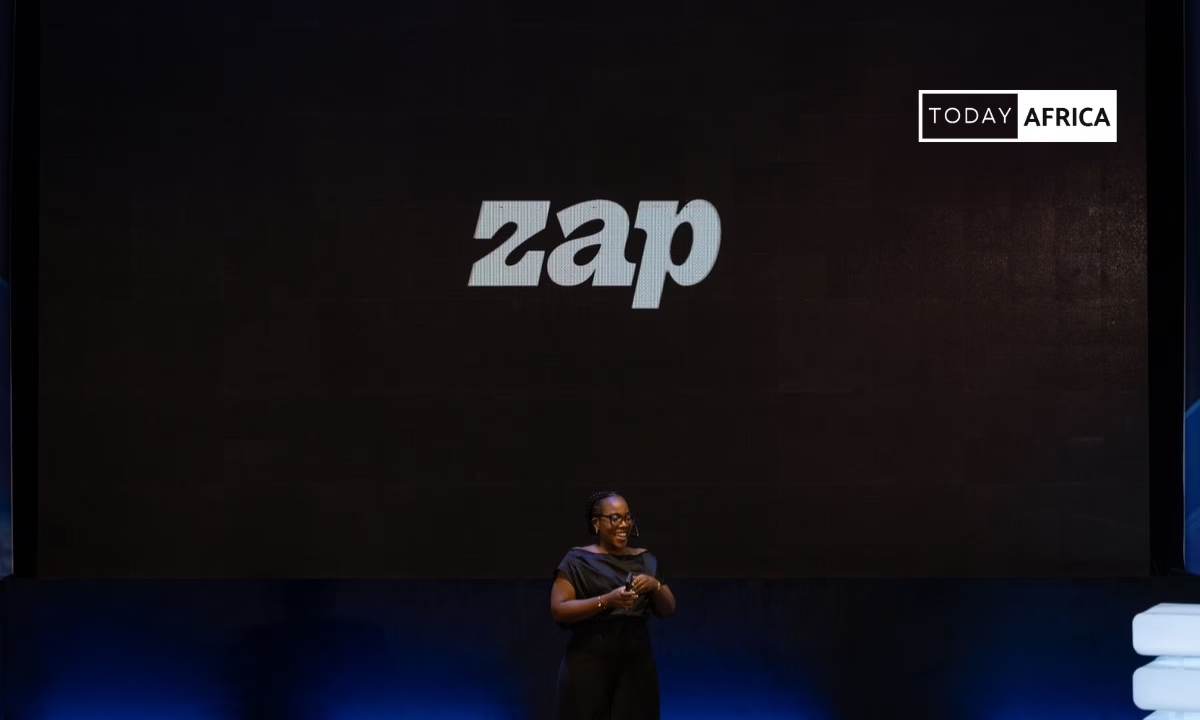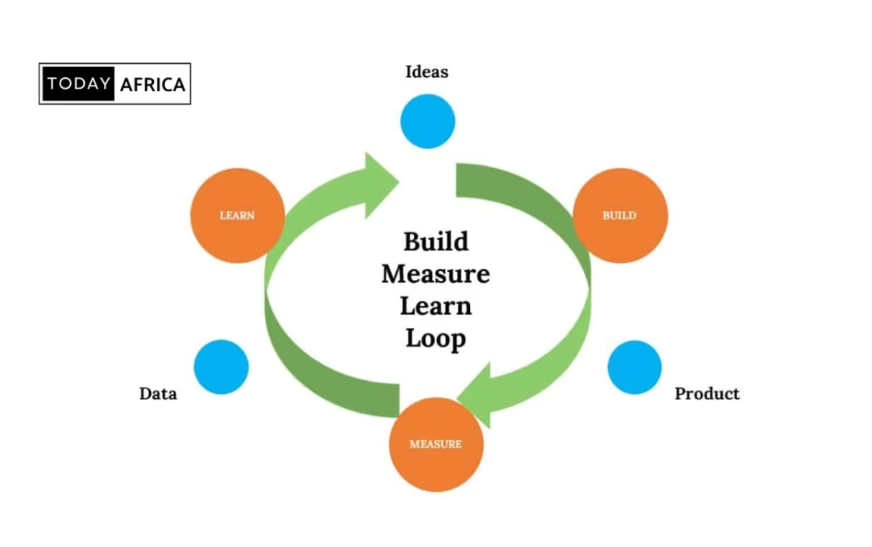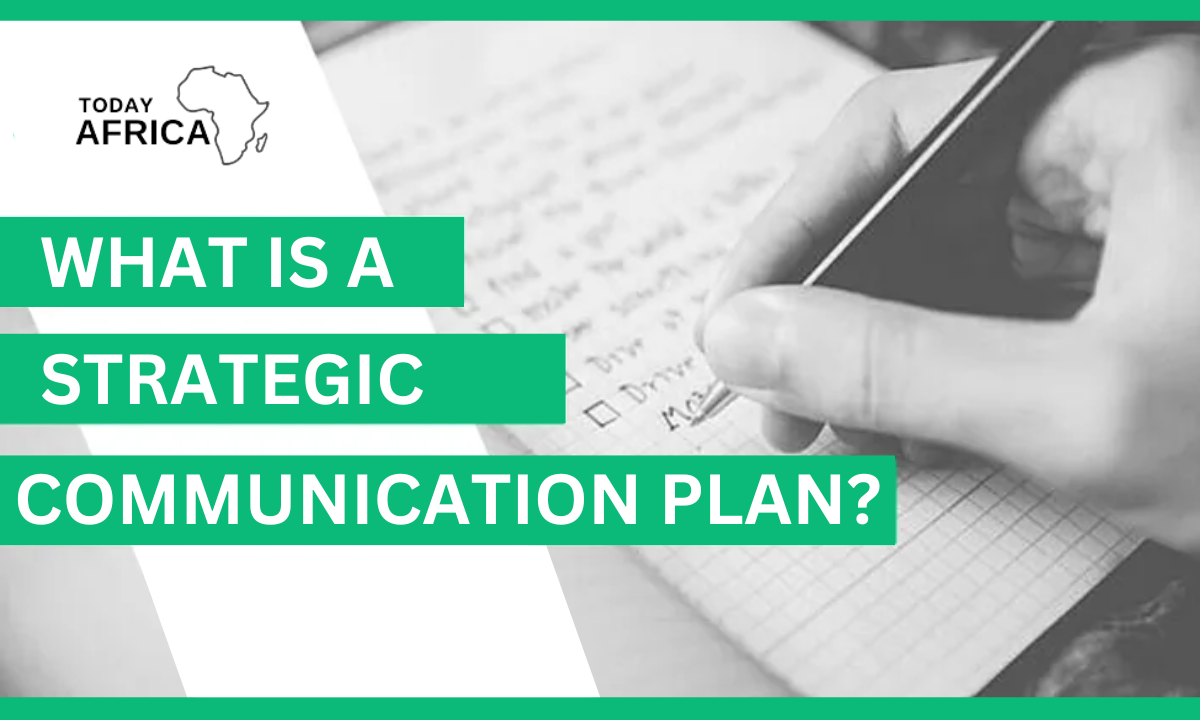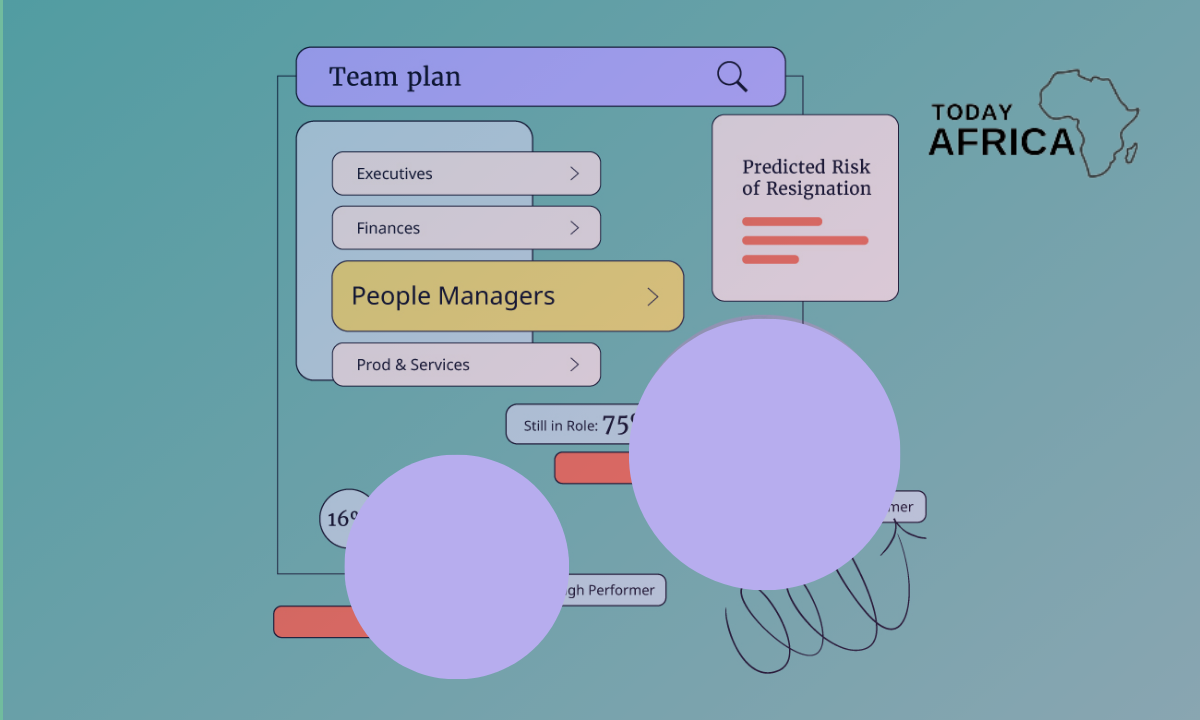The Business Model Canvas (BMC) has revolutionized the way businesses—both startups and established companies—design, test, and refine their business strategies.
So whether you’re looking to innovate your current business model or start a new venture from scratch, the insights that will shared in this article will help you understand, adapt, and excel in your business.
In this article, you’ll learn a range of business model canvas examples from industry leaders and innovative startups, and how you can apply these examples to your own business.
What is the business model canvas?
The Business Model Canvas is a strategic management tool developed by Alexander Osterwalder and Yves Pigneur that enables businesses to visualize and describe their business model on a single page.
By using this framework, companies can break down complex business strategies into nine clear building blocks. This visual approach simplifies the process of brainstorming, discussing, and refining your business model.
Using the BMC, entrepreneurs can quickly answer key questions about how their company creates, delivers, and captures value, allowing them to innovate and pivot in real time.
9 building blocks of the business model canvas
Every effective Business Model Canvas consists of nine critical components:
- Customer segments: Identify who your target customers are. These can range from mass markets to niche segments, including B2C, B2B, or multi-sided platforms.
- Value propositions: Define what makes your product or service unique. This is the reason why customers choose you over competitors and the core benefit you deliver.
- Channels: Determine how you deliver your value proposition to your customer segments. Channels may include online platforms, physical stores, or third-party distributors.
- Customer relationships: Outline the type of relationship you intend to establish with each customer segment, whether it be personal assistance, self-service, or automated services.
- Revenue streams: Identify the various ways your business generates income. Options include asset sales, subscription fees, usage fees, and advertising revenue.
- Key resources: List the assets required to deliver your value proposition. These can be physical, intellectual, human, or financial resources.
- Key activities: Highlight the most important tasks your business must perform to operate successfully. For example, product development, marketing, and logistics.
- Key partnerships: Describe the network of suppliers, distributors, and strategic partners that support your business model and help mitigate risk.
- Cost structure: Detail the costs involved in operating your business, including fixed and variable costs, and consider how economies of scale and scope might apply.
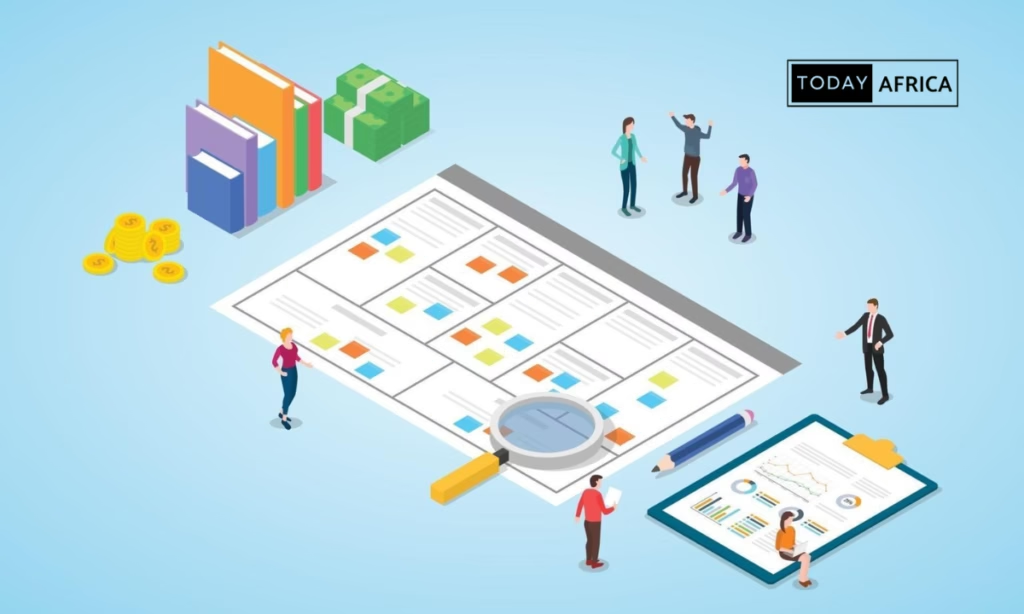
Understanding each of these blocks helps you create a comprehensive overview of your business model and paves the way for innovative business model canvas examples that you can learn from and implement.
Read Also: 6 Best Business Models for Startups This Year
Why use the business model canvas?
The Business Model Canvas is more than just a planning tool—it’s a living document that allows for constant iteration. Here are several key reasons to use the BMC:
1. Clarity and simplicity: The visual format makes it easier for stakeholders to understand and contribute to the business strategy. The simplicity of the BMC means you can quickly sketch out ideas using sticky notes or digital tools.
2. Flexibility: Unlike traditional business plans, the BMC is dynamic. You can revise each block as market conditions change, enabling your business to pivot when necessary.
3. Enhanced collaboration: By mapping out your business model on one page, teams can brainstorm together and ensure every department is aligned with the overall strategy.
4. Faster decision-making: With a clear overview of your business, you can more quickly identify areas that need improvement and implement changes to drive growth.
5. Real-world validation: Many successful companies—such as Airbnb, Uber, and Google—use the Business Model Canvas. Studying these business model canvas examples provides invaluable insights into what works in various industries.
By understanding why the BMC is so effective, you’ll be better equipped to leverage its structure for your own strategic planning.
6 business model canvas examples
Learning from real-world business model canvas examples is one of the best ways to understand how different companies create, deliver, and capture value. Below, we highlight several case studies from a variety of industries.
1. Airbnb
Airbnb revolutionized the hospitality industry by creating an online marketplace that connects hosts with travelers. Instead of owning properties, Airbnb provides a platform for individuals to monetize their extra space.
- Customer segments: Airbnb targets two major groups—travelers seeking affordable and unique lodging options, and hosts who want to earn extra income by renting out their properties.
- Value propositions: Airbnb offers unique, personalized lodging experiences at a lower cost compared to traditional hotels. The platform’s user-friendly design and review system build trust among users.
- Channels: The primary channel is Airbnb’s website and mobile app, which facilitate seamless bookings and communication between hosts and guests.
- Customer relationships: The platform fosters community through user reviews, ratings, and 24/7 customer support. The self-service model empowers users to manage bookings independently.
- Revenue streams: Airbnb generates revenue by charging service fees to both guests and hosts on every booking made through the platform.
- Key resources: Airbnb’s technological platform, brand reputation, and global network of users are critical to its success.
- Key activities: Core activities include maintaining the platform, ensuring a secure transaction process, and marketing to expand its user base.
- Key partnerships: Partnerships with local tourism boards, payment processors, and regulatory bodies help Airbnb scale globally while ensuring compliance with local laws.
- Cost structure: Major costs include technology development, customer support, and marketing. By leveraging a lean asset-light model, Airbnb minimizes overhead expenses.
2. Uber
Uber transformed urban transportation by connecting riders with drivers through a smartphone app. By eliminating the need for traditional taxi companies, Uber created a flexible and scalable ride-sharing service.
- Customer segments – Uber serves multiple segments, including daily commuters, business travelers, tourists, and drivers looking for flexible income opportunities.
- Value propositions – The service offers convenient, fast, and affordable rides with features such as real-time tracking, cashless payments, and dynamic pricing during peak hours.
- Channels – The mobile app is the primary channel, supported by a robust backend system for logistics and payments.
- Customer relationships – Uber’s self-service app experience, complemented by customer support and a rating system, maintains high service quality and trust.
- Revenue streams – Uber earns revenue through commissions on each ride, surge pricing during high demand periods, and additional revenue streams like subscriptions and partnerships.
- Key resources – Essential resources include the Uber app, a vast network of drivers, and advanced data analytics capabilities.
- Key activities – These include app development, driver recruitment, marketing, and ensuring regulatory compliance.
- Key partnerships – Uber partners with vehicle manufacturers, payment processors, and local regulatory bodies to support operations.
- Cost structure – Costs comprise technology development, driver incentives, marketing, and administrative expenses. Uber’s scalable model helps manage these costs effectively.
3. Spotify
Spotify disrupted the music industry by offering streaming services that provided instant access to millions of songs, challenging traditional music distribution channels.
- Customer segments – Spotify targets music enthusiasts, ranging from casual listeners to audiophiles, as well as advertisers and artists seeking to promote their work.
- Value propositions – The service offers a vast music library with personalized recommendations, available in both free (ad-supported) and premium (subscription-based) versions.
- Channels – Spotify uses its mobile app and website as the primary channels, along with integrations into smart speakers and other devices.
- Customer relationships – The platform builds relationships through personalized playlists, curated content, and features that encourage social sharing and community feedback.
- Revenue streams – Spotify generates revenue from subscription fees (Spotify Premium) and advertising on its free tier, in addition to strategic partnerships.
- Key resources – The company’s music catalog, proprietary recommendation algorithms, and robust technological infrastructure are vital resources.
- Key activities – Core activities include negotiating licensing agreements, platform development, and continuous data analysis to enhance user experience.
- Key partnerships – Spotify partners with record labels, device manufacturers, and advertising agencies to improve service delivery and generate revenue.
- Cost structure – Key costs include licensing fees, content acquisition, technology development, and marketing. The freemium model allows Spotify to scale while converting free users to paid subscribers.
4. Tesla
Tesla has redefined the automotive industry by designing and manufacturing electric vehicles (EVs) that combine high performance, innovative technology, and sustainability.
- Customer segments – Tesla targets environmentally conscious consumers, technology enthusiasts, and luxury car buyers interested in high-performance electric vehicles.
- Value propositions – Tesla offers cutting-edge EVs with long-range capabilities, advanced features such as Autopilot, and a strong focus on sustainability. Their products challenge conventional car manufacturing by integrating software and renewable energy solutions.
- Channels – Tesla uses a direct-to-consumer sales model through its website and company-owned showrooms, bypassing traditional dealership networks.
- Customer relationships – Tesla builds relationships through personalized sales experiences, over-the-air software updates, and a loyal community of customers passionate about innovation.
- Revenue streams – Tesla generates revenue from vehicle sales, leasing options, energy products (such as solar panels and Powerwall), and subscription services for advanced features like Full Self-Driving.
- Key resources – Important resources include Tesla’s manufacturing facilities (Gigafactories), proprietary technology, and its strong brand identity.
- Key activities – These include research and development, vehicle production, technology integration, and continuous innovation in battery and software technologies.
- Key partnerships – Tesla collaborates with suppliers, technology partners, and government agencies to support manufacturing, research, and infrastructure development (for example, the Supercharger network).
- Cost structure – Major costs include research and development, manufacturing, marketing, and infrastructure investments. Tesla’s focus on production efficiency and technological innovation helps manage these costs.
5. Google Maps
Google Maps is one of the most widely used navigation apps, providing accurate mapping services, real-time traffic updates, and a user-friendly interface that integrates with various devices.
- Customer segments – Google Maps serves the general public, businesses requiring location-based services, tourists, and developers using its API to integrate mapping features into their applications.
- Value propositions – The service delivers accurate, real-time navigation and detailed mapping enriched with features such as street views and local business information.
- Channels – Google Maps is available through mobile applications, a web interface, and integration into automotive navigation systems, ensuring widespread accessibility.
- Customer relationships – Relationships are largely self-service, supported by community-generated content and user feedback to continuously refine map accuracy.
- Revenue streams – Revenue comes from advertising (local business ads and sponsored listings), API usage fees, and data licensing.
- Key resources – Critical resources include extensive data centers, advanced mapping technology, user-generated data, and Google’s robust technological infrastructure.
- Key activities – Essential activities include collecting and updating map data, platform development, and managing partnerships with local businesses and governmental agencies.
- Key partnerships – Collaborations with local data providers, technology partners, and regulatory bodies are vital to maintaining current and reliable map data.
- Cost structure – Costs involve infrastructure maintenance, research and development, and marketing. Google’s massive scale enables effective cost management.
6. LinkedIn
LinkedIn transformed professional networking by creating an online platform where individuals can build their professional identity, connect with peers, and access job opportunities. It also offers powerful tools for recruiters and advertisers.
- Customer segments – LinkedIn caters to professionals seeking to enhance their network, recruiters searching for talent, advertisers targeting a professional demographic, and companies looking to build their employer brand.
- Value propositions – The platform offers a comprehensive professional identity, networking capabilities, access to exclusive job listings, and advanced recruiting tools. For advertisers, it provides targeted marketing to a highly specific audience.
- Channels – LinkedIn reaches its users primarily through its website and mobile application, supported by email marketing and content distribution strategies.
- Customer relationships – LinkedIn fosters relationships through personalized user experiences, direct messaging (InMail), and community engagement via groups and content sharing.
- Revenue streams – Revenue is generated through premium subscriptions, talent solutions, advertising services, and educational offerings (such as LinkedIn Learning).
- Key resources – Key resources include LinkedIn’s extensive user database, platform technology, data analytics, and strong brand reputation.
- Key activities – These include platform development, content curation, community management, and continuous innovation in user engagement features.
- Key partnerships – Partnerships with educational institutions, corporate recruiters, and technology providers help LinkedIn expand its ecosystem and enhance value delivery.
- Cost structure – Costs include technology infrastructure, platform development, marketing, and customer support. A focus on data analytics and continuous innovation drives operational efficiency.
Read Also: How to Develop a Business Growth Strategy
How to create your own business model canvas
Now that we’ve explored several powerful business model canvas examples, you might be wondering how to create your own. Here’s a step-by-step guide:`
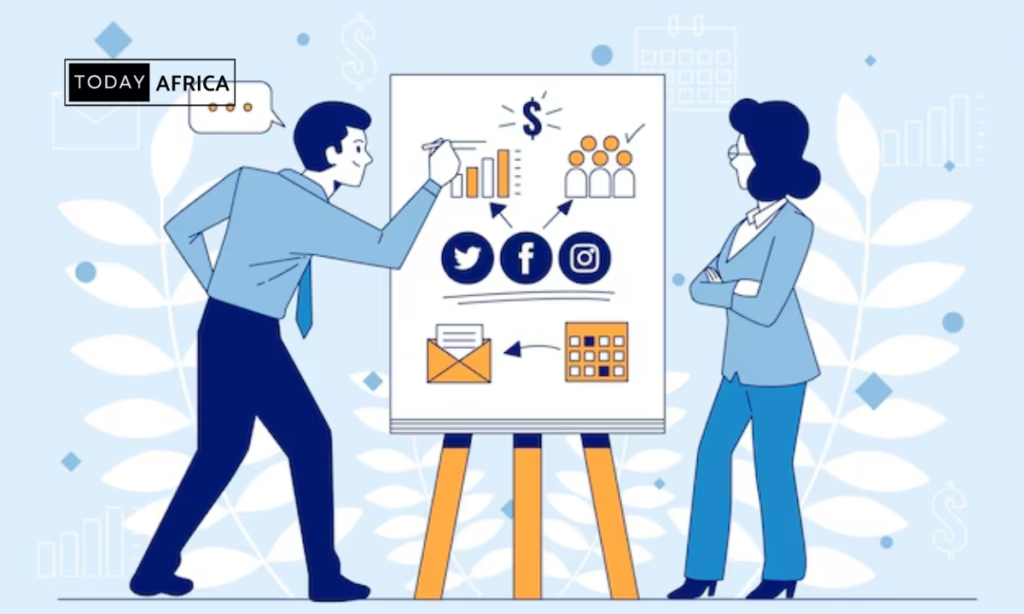
1. Gather your team: Bring together key stakeholders from different departments such as marketing, operations, finance, and product development. Collaboration is key.
2. Use a template: You can download a free Business Model Canvas template from websites like Strategyzer, Canvanizer, or even use a whiteboard for in-person sessions.
3. Define each block: Work through each of the nine building blocks:
- Customer segments: Identify and prioritize who you’re targeting.
- Value propositions: List the unique benefits your product or service offers.
- Channels: Determine how you’ll deliver your value proposition.
- Customer relationships: Decide how you will interact with your customers.
- Revenue streams: Outline how you will generate income.
- Key resources: Identify the assets required.
- Key activities: List the core activities essential to your operations.
- Key partnerships: Determine strategic alliances and partnerships.
- Cost structure: Break down your main costs.
4. Brainstorm and iterate: Use sticky notes to add ideas to each section. Don’t worry about perfection—this is a living document that you will update as you receive feedback from customers.
5. Test your hypotheses: Use a Minimum Viable Product (MVP) or customer development strategies to test whether your assumptions hold true. Refine the canvas based on feedback.
6. Visualize and share: Once completed, share the canvas with your team. Visual communication is essential in aligning everyone with the business strategy.
Tips for optimizing your business model
Here are some strategies to help you optimize your business model after you have created your canvas:
- Focus on value creation: Constantly ask yourself, “How does this component add value to the customer?” Every block should reinforce your overall value proposition.
- Embrace flexibility: The market changes rapidly—your canvas should be updated regularly to reflect new insights, trends, and customer feedback.
- Leverage technology: Use digital tools to collaborate on your canvas. Tools like Strategyzer and Canvanizer enable real-time collaboration and version tracking.
- Benchmark against industry leaders: Use the business model canvas examples from successful companies (such as Airbnb, Uber, Spotify, Tesla, Google Maps, and LinkedIn) as benchmarks to identify gaps and opportunities in your model.
- Stay customer-centric: Ensure that every part of your canvas is designed around solving a problem for your customers. Use customer development techniques to validate your assumptions.
- Monitor metrics: Integrate key performance indicators (KPIs) with your canvas to measure success. Metrics like customer acquisition cost (CAC), lifetime value (LTV), and churn rate can help assess the effectiveness of your model.
- Encourage innovation: Your canvas should be a platform for brainstorming new ideas. Regular team workshops can lead to innovative solutions that enhance the overall model.
- Document changes: As you iterate, document your assumptions and learnings. This history will be invaluable when making strategic decisions or pivoting your business model.
Read Also: Why I should use lean canvas for my business services
Conclusion
The business model canvas is an indispensable tool for anyone looking to navigate the complexities of modern business. By studying diverse business model canvas examples from industry giants like Airbnb, Uber, Spotify, Tesla, Google Maps, and LinkedIn, you can glean insights into how these companies create, deliver, and capture value.
By following the tips and strategies outlined in this article, you’ll be well on your way to developing a robust and adaptive business model that can withstand market challenges and drive long-term success. Use the canvas as a blueprint, a roadmap to innovation, and a tool for alignment—empowering you to turn your business ideas into reality.
Leave a comment below and follow us on social media for update:
- Facebook: Today Africa
- Instagram: Today Africa
- Twitter: Today Africa
- LinkedIn: Today Africa
- YouTube: Today Africa Studio


